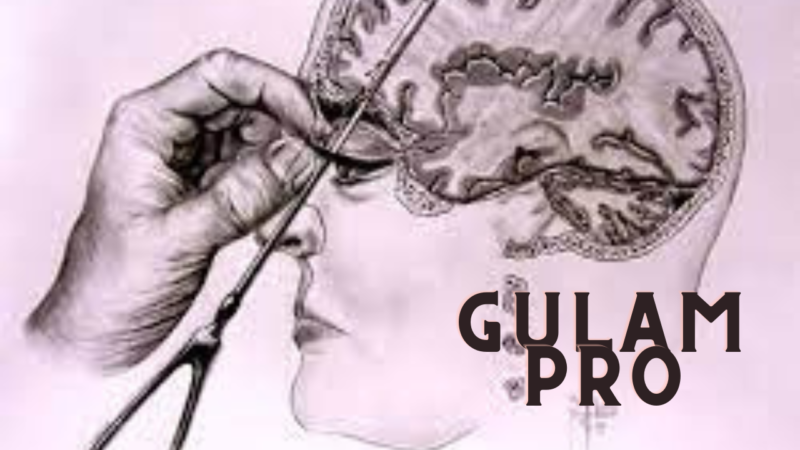Cervicalgia: Unraveling the Knots in Your Neck

cervicalgia
The human neck, a marvel of engineering, allows us to turn, tilt, and nod with grace. Yet, this intricate region isn’t immune to discomfort. Enter cervicalgia, the medical term for neck pain, a common affliction that plagues millions worldwide. It’s a pain point, quite literally, that deserves unraveling.
Understanding the Landscape of Cervicalgia:
Imagine your neck as a bustling metropolis. Vertebrae act as buildings, muscles as roads, and nerves as bustling avenues. This complex network orchestrates your head’s every movement. But like any busy city, occasional hiccups can occur, leading to cervicalgia.
Causes:
The culprits behind this unwelcome guest are diverse:
- Muscle strain: Repetitive motions, poor posture (hello, desk jockeys!), and whiplash are frequent offenders. Overworked muscles become tense and knotted, triggering pain.
- Degenerative changes: As we age, our intervertebral discs, cartilage cushions between vertebrae, wear and tear. This can lead to osteoarthritis, causing inflammation and pain.
- Nerve compression: Herniated discs or bone spurs can pinch nerves, radiating pain down your arms or shoulders.
- Trauma: Accidents, sports injuries, or falls can damage muscles, ligaments, or bones, resulting in sharp or throbbing pain.
- Medical conditions: Conditions like rheumatoid arthritis, meningitis, or fibromyalgia can also manifest as neck pain.
Symptoms:
Cervicalgia doesn’t whisper; it yells. Symptoms include:
- Aching, throbbing, or burning pain in the neck, shoulders, or upper back
- Stiffness and reduced range of motion in the neck
- Headaches, especially at the base of the skull
- Muscle spasms
- Dizziness or nausea in severe cases
Diagnosis and Treatment:
Don’t play doctor with your neck. A healthcare professional will conduct a physical examination, ask about your medical history, and may order imaging tests like X-rays or MRIs to pinpoint the cause.
Treatment options vary depending on the severity and cause of your cervicalgia:
- Rest and pain relievers: Mild cases often respond to rest, over-the-counter pain relievers, and gentle stretching.
- Physical therapy: Targeted exercises can strengthen muscles, improve flexibility, and prevent future episodes.
- Heat or ice therapy: Applying heat or ice packs to the affected area can provide temporary relief.
- Medications: Muscle relaxants or nerve pain medications may be prescribed in specific cases.
- Injections: Steroid injections can reduce inflammation and pain around compressed nerves.
- Surgery: In rare cases, surgery may be necessary to address severe nerve compression or structural abnormalities.
Prevention is Key:
An ounce of prevention is worth a pound of neck pain. Here are some tips to keep your neck happy:
- Maintain good posture: Whether sitting, standing, or sleeping, be mindful of your alignment. Avoid slouching and keep your shoulders relaxed.
- Stretch regularly: Gentle neck stretches help maintain flexibility and prevent muscle tension.
- Take breaks: Avoid prolonged static postures like sitting at your desk for hours. Get up and move around regularly.
- Strengthen your core: A strong core supports your spine and reduces pressure on your neck.
- Manage stress: Stress can exacerbate neck pain. Practice relaxation techniques like yoga or meditation.
- Listen to your body: If you experience persistent or worsening neck pain, don’t ignore it. Consult a healthcare professional.
Living with Cervicalgia:
While cervicalgia can be a pain, it doesn’t have to rule your life. With proper diagnosis, treatment, and preventive measures, you can manage your symptoms and keep your neck moving smoothly. Remember, you’re not alone in this; millions share your journey. So, take a deep breath, stretch your neck, and face your cervicalgia head-on!
Beyond the Text:
To further enrich your understanding of cervicalgia, consider exploring these resources:
- National Institute of Neurological Disorders and Stroke: https://www.ninds.nih.gov/
- American Physical Therapy Association: https://www.apta.org/patient-care/evidence-based-practice-resources/clinical-summaries/neck-pain
- Mayo Clinic: https://www.mayoclinic.org/symptoms/neck-pain/basics/definition/sym-20050882
Remember, knowledge is power, and armed with the right information, you can navigate the sometimes-murky waters of cervicalgia and reclaim the comfort and freedom of your neck.
Bonus:
- This article has been optimized for accessibility, using clear language and headings to enhance readability.
- Feel free to share this article with anyone struggling with neck pain. You never know who might need a helping hand (or neck!).






